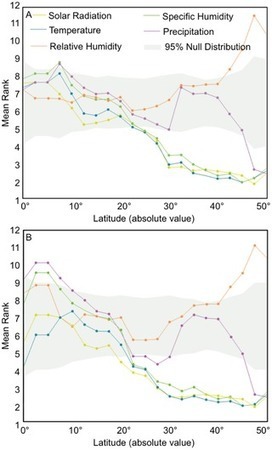GlaxoSmithKline’s quadrivalent influenza vaccine has been granted marketing authorisation in Germany and the UK. The four-strain vaccine is the first to be approved in a European country for active immunisation of adults and children from three years of age for the prevention of influenza disease caused by the two influenza A and two influenza B virus subtypes contained within the vaccine.
Research and publish the best content.
Get Started for FREE
Sign up with Facebook Sign up with X
I don't have a Facebook or a X account
Already have an account: Login
Topical news snippets about viruses that affect people. And other things. Like Led Zeppelin. And zombies B-)
Curated by
Ed Rybicki
 Your new post is loading... Your new post is loading...
 Your new post is loading... Your new post is loading...
|

Carl Shiu's comment,
March 19, 2013 11:16 AM
Interesting data. In tropical climes, I wonder if this phenomenon is associated with the overcrowding of shelters during intense rainstorms. A temporary increase in population density during these events would likely facilitate increased rates of person-person transmission.
|











